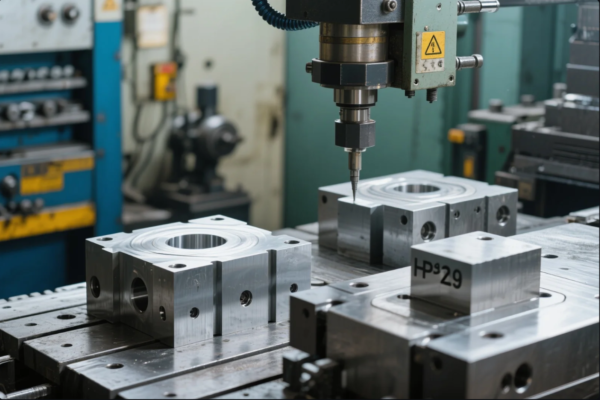What to do if a screw hole is too small?
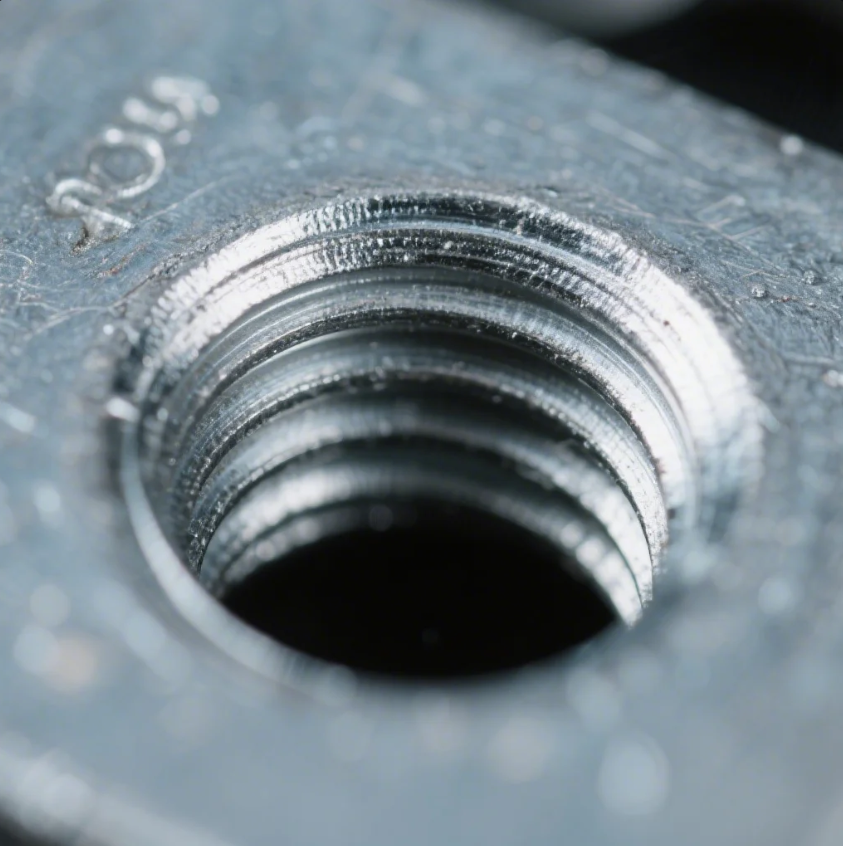
It’s common to find that a screw hole is either too tight for your screw or too loose to hold securely. If you’re dealing with a screw hole that’s too small—especially in metal or hardwood—you’ll need to either enlarge it properly or adjust the screw fit to avoid damaging the material or weakening the fastener’s grip.
Snippet paragraph: If a screw hole is too small, you can enlarge it, tap it for a different screw, or adjust the screw fit using common tools.
In this guide, we’ll explain how to safely enlarge a screw hole, how to make small holes tighter or larger, and how to repair or fill screw holes when needed.
How to make a hole bigger for a screw?
If your screw won’t fit into an existing hole, the best solution is to carefully enlarge it. The method you use will depend on the material—metal, wood, or plastic—and how much you need to widen the hole.
Snippet paragraph: To enlarge a screw hole, use a drill with the correct bit size, or a file or reamer for precise control.
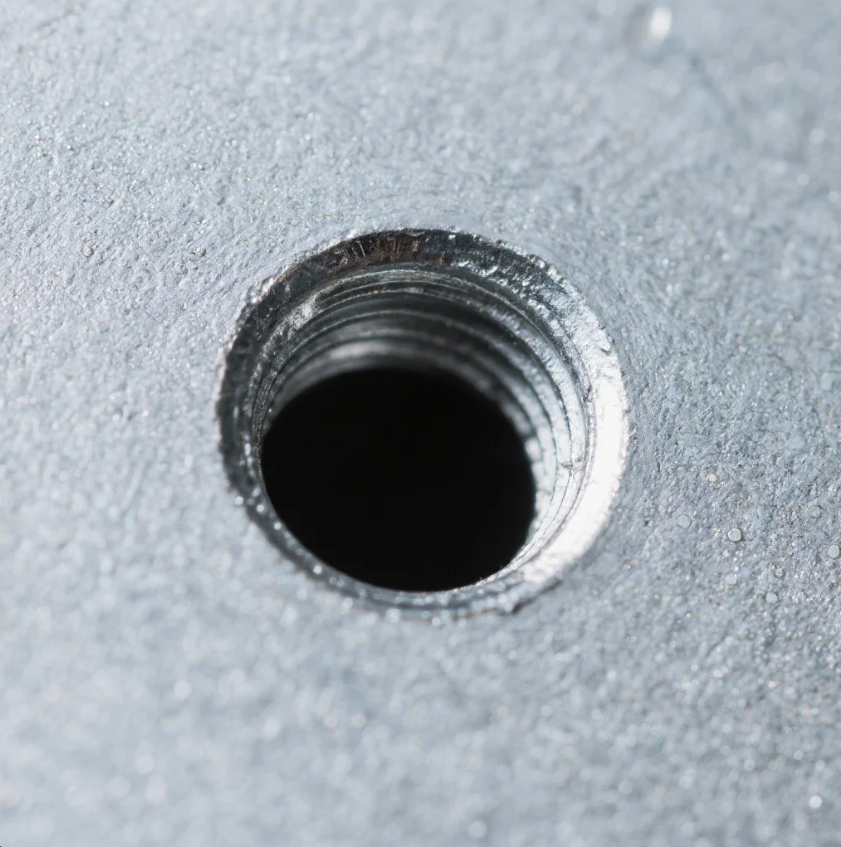
Tools for Enlarging a Hole:
- Drill with a Larger Bit: Use a drill with a bit that matches the correct diameter of your screw. Start small and increase incrementally to avoid removing too much material.
- Reamer: A reamer is ideal for slightly enlarging holes in metal with precision. Rotate it manually to gently expand the hole diameter.
- Round File: For manual control, a round file allows you to carefully remove material, especially in tight or irregular spots.
- Rotary Tool (Dremel): Attach a grinding or sanding bit and slowly grind away material around the hole’s edge.
Steps:
- Mark your desired screw size.
- Choose the tool that suits your material.
- Carefully remove small amounts at a time, checking screw fit frequently.
What can I put in a screw hole to make it tighter?
If a screw hole is too loose, especially in wood or metal, you can fill the hole or use insert solutions to give the screw something to grip. This avoids the need to drill a new hole or use oversized screws.
Snippet paragraph: You can tighten a screw hole using fillers like epoxy, wooden dowels, thread inserts, or metal plugs depending on the material.

Fixes for Loose Screw Holes:
- Wooden Toothpicks or Dowels (Wood): Insert toothpicks or a small dowel with wood glue into the hole, let it dry, then reinsert the screw. This is a classic DIY fix for furniture and cabinetry.
- Metal Thread Inserts (Metal): Use threaded inserts like Helicoils or rivet nuts to repair and restore the thread. These provide strong new threads for the screw to bite into.
- Epoxy Putty: Fill the hole with epoxy putty, let it cure fully, then drill a new pilot hole. This method works in both wood and metal.
- Thread Seal Tape (Plastic/Light Fixes): For slightly loose screws in plastic or soft metal, wrapping the screw in thread tape can help increase friction.
Pro Tip:
For high-load areas, always use a permanent solution like inserts or epoxy instead of temporary fillers.
What to use to make a metal hole bigger?
When working with metal, enlarging a hole requires a more deliberate and tool-specific approach. The right tool will depend on the size increase and the precision needed.
Snippet paragraph: To make a metal hole bigger, use a reamer, larger drill bit, or rotary tool for controlled and accurate enlargement.
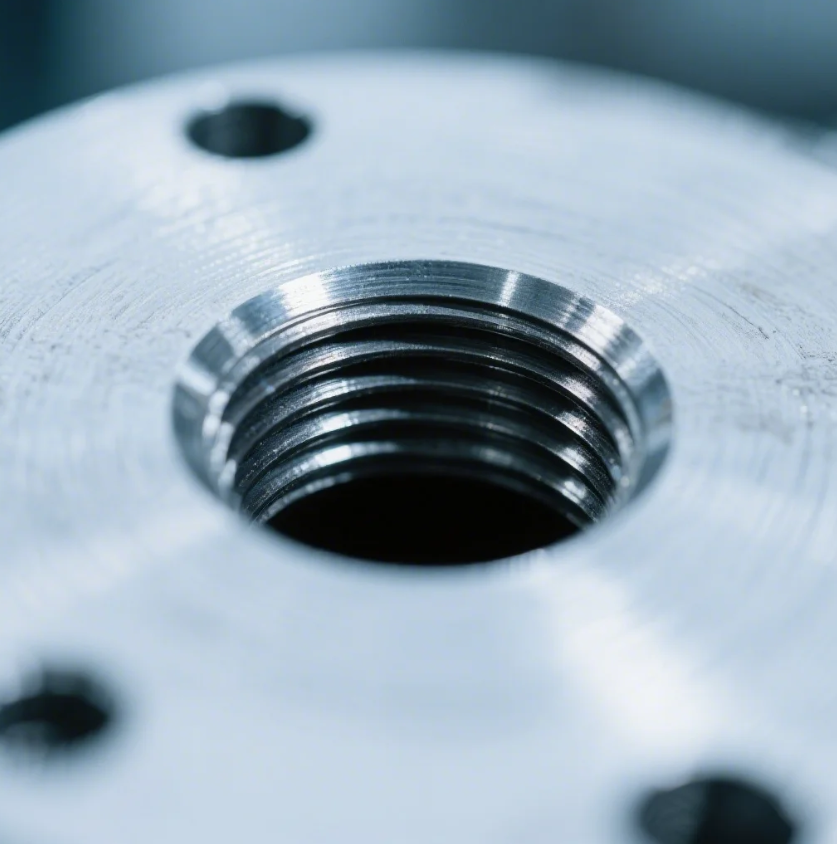
Best Tools to Enlarge Metal Holes:
- Larger Drill Bit: The simplest method. Use a drill bit that matches your target diameter. Start slow and avoid overheating the bit or the metal.
- Step Drill Bit: Great for sheet metal. It gradually increases hole size in steps and gives a clean finish.
- Reamer: A precision tool for slightly enlarging holes. It's best for high-accuracy requirements.
- Rotary Tool (Dremel): Perfect for fine-tuning or widening irregular holes with grinding attachments.
Safety Tips:
- Clamp the metal securely before drilling or grinding.
- Use cutting oil to reduce friction and heat buildup.
- Wear safety goggles to protect your eyes from metal shavings.
How to fill small screw holes?
Sometimes, a screw hole needs to be filled before re-drilling, especially when the old hole is damaged, misaligned, or stripped. The technique depends on the material you’re working with.
Snippet paragraph: Fill small screw holes using wood filler, metal epoxy, or insert plugs, then re-drill once cured.
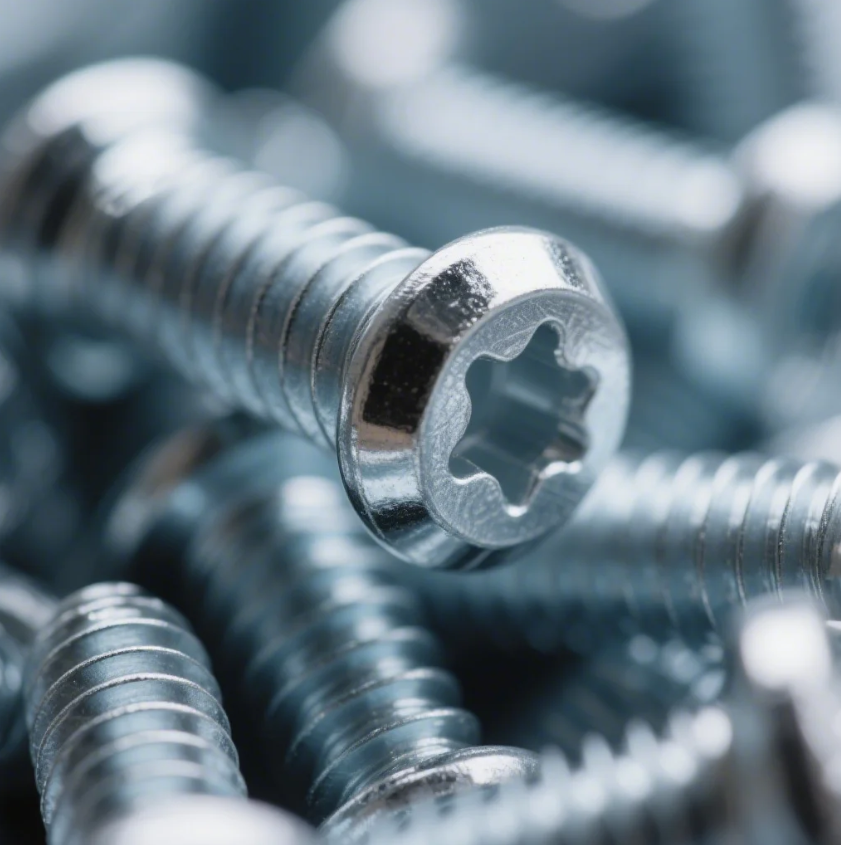
For Wood:
- Wood Filler or Sawdust + Glue: Apply filler, let it harden, sand flush, and re-drill if needed.
- Wood Dowel: Cut a wooden dowel to size, glue it in place, and once dried, sand it smooth and drill a new pilot hole.
For Metal:
- Metal Epoxy Putty: Fill the hole with epoxy putty, let it cure fully (usually 24 hours), then drill a new hole.
- Weld and Redrill (Heavy-Duty): In industrial applications, holes may be welded shut and re-drilled with precision tools.
For Drywall or Plastic:
- Wall Patching Compound or Plastic Putty: Fill the hole, let it dry, sand smooth, and paint or drill as needed.
| Material | Best Filling Option | Notes |
|---|---|---|
| Wood | Wood filler, dowel & glue | Drill new pilot hole after cure |
| Metal | Epoxy putty, thread inserts | Re-tap if needed |
| Plastic | Plastic epoxy or filler | Use fine-grit sanding |
| Drywall | Joint compound | Finish with sanding and paint |
Conclusion
When a screw hole is too small—or too loose—it’s not the end of your project. You can enlarge the hole using drills, reamers, or files, or tighten it using fillers like epoxy or inserts. For metal, precision is key, so always use tools like step bits, reamers, or rotary tools to ensure clean results. And if a hole is damaged or stripped, filling and redrilling is often the best long-term fix.
With the right tools and methods, you can quickly adapt and achieve a secure, professional-quality hold—no matter the material.






